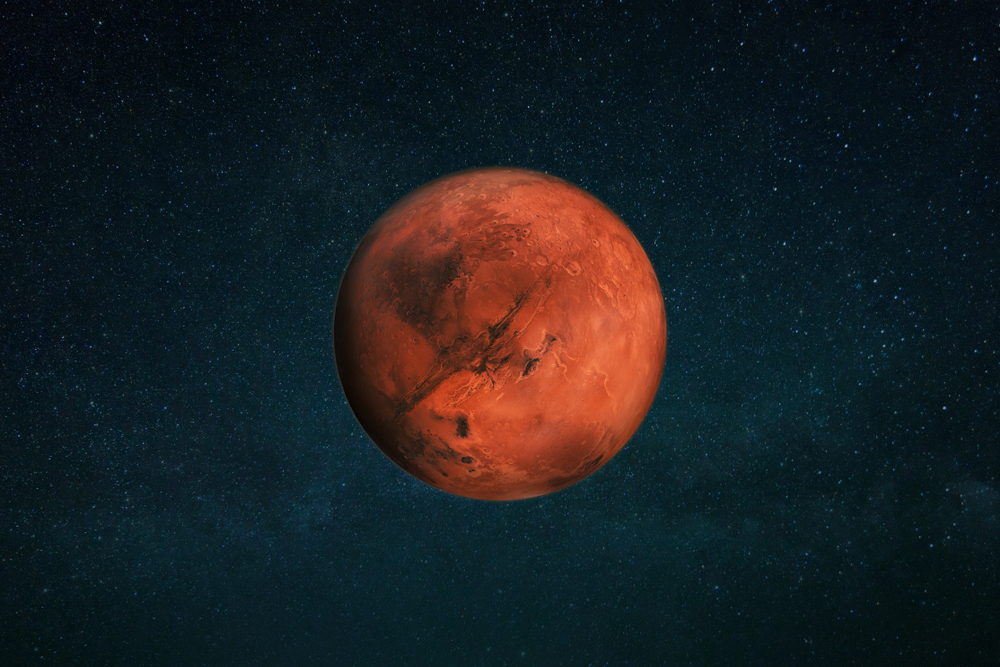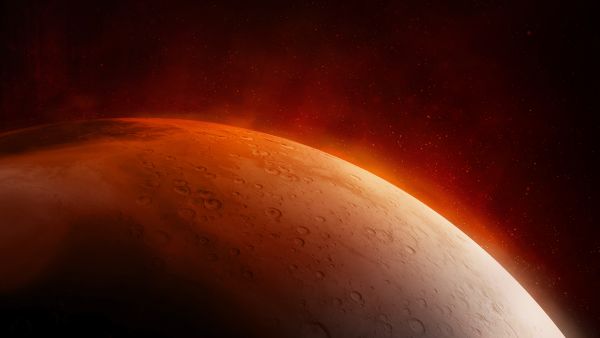ALBAWABA - Scientists have discovered the remains of ancient river systems on Mars that could have once supported life. The team at Pennsylvania State University studied data from NASA's Curiosity rover in Gale Crater, and identified shallow, hilly areas that could indicate deposits from ancient rivers.
Scientists believe these bodies of water are similar to those found on Earth and could have played an important role in supporting the chemical cycles necessary for the evolution of life.

Shutterstock
The study, which used 25-year-old stratigraphic surveys collected by oil companies to build a computer model of Martian soil erosion, has revealed a new explanation for common Martian crater formations. The research suggests that there could be undiscovered river deposits on the planet, hinting that a larger portion of its sedimentary history may have been shaped by rivers during a possible habitable period on Mars.
Benjamin Cardenas, assistant professor of Earth sciences at Penn State and lead author of the study, explained that the team reanalyzed data collected by the Curiosity rover to identify the formations of ancient rivers on Mars. The researchers found evidence that Mars was once "rich in rivers" throughout the planet.

Shutterstock
The team used data from the Curiosity rover and a 3D scan of rock layers deposited under the seafloor of the Gulf of Mexico over millions of years to build a computer model showing the erosion of ancient Martian soil. This model provided a perfect comparison with Mars, said Cardenas. The simulation showed an eroded Martian landscape with topographic features rather than river ridges, which almost identically matched the surface shapes observed by the Curiosity spacecraft inside Gale Crater.
The data analysis revealed a new explanation for common Martian crater formations, which until now have never been associated with eroded river sediments. The research will pave the way for further exploration, as scientists look for other sources of potentially habitable areas on the red planet and the possibility of humans exploring further on Mars.










